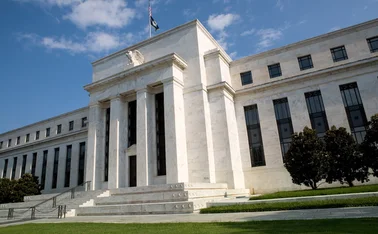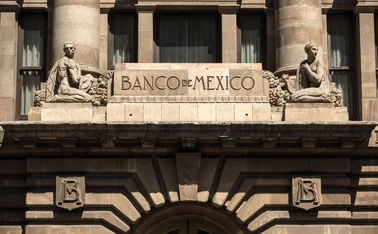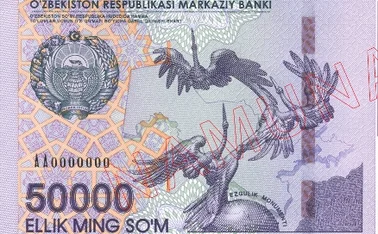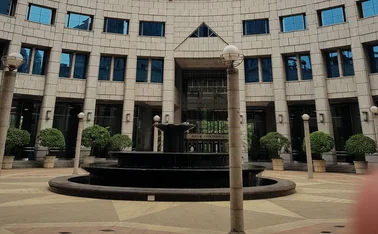
Polish central bank hikes main rate as it battles zloty weakness
Currency has fallen sharply since Russia’s invasion of Ukraine, adding to fears over high inflation
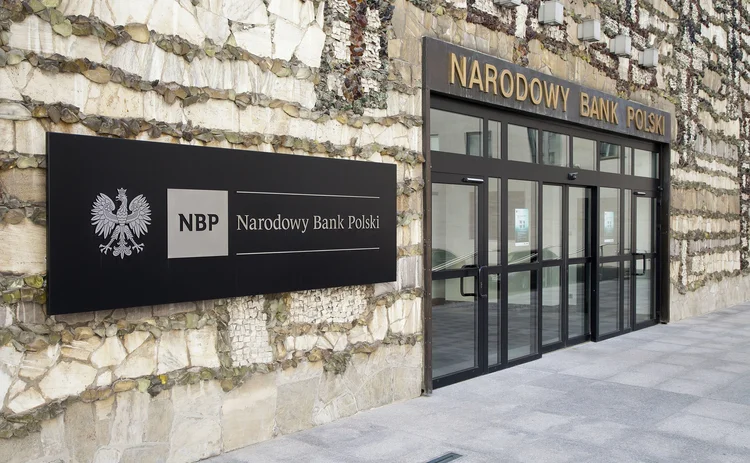
The National Bank of Poland (NBP) hiked its policy rate by 75 basis points today (March 8) as it sought to curb surging inflation and tackle a sudden drop in the value of the zloty.
The hike takes the central bank’s main rate to 3.5%. It follows a series of increases since October that have brought the central bank’s main rate up from 0.1%.
In a statement, the NBP noted inflation hit 9.2% in January, well above the 2.5% target, which sits in a tolerance band of plus or minus one percentage point. The central bank said inflation had been pushed up by high energy and food prices, and was likely to remain “significantly” elevated, in part because of Russia’s invasion of Ukraine, which has disrupted both food and energy markets.
Worsening the outlook for prices, the zloty has plunged against the US dollar since Russia began its full-scale invasion on February 24. The central bank said on March 4 it was intervening to defend the currency, but its actions did little to slow the currency’s decline. The zloty has fallen from around 4 to the US dollar on February 24 to 4.5 today, though the exchange rate has been very volatile.
In its statement today, the NBP said the value of the zloty did not appear to be justified by economic conditions. The central bank expects growth to remain robust this year, in the range of 3.4–5.3%, though it has trimmed back its forecast from 3.8–5.9% in November.
Only users who have a paid subscription or are part of a corporate subscription are able to print or copy content.
To access these options, along with all other subscription benefits, please contact info@centralbanking.com or view our subscription options here: http://subscriptions.centralbanking.com/subscribe
You are currently unable to print this content. Please contact info@centralbanking.com to find out more.
You are currently unable to copy this content. Please contact info@centralbanking.com to find out more.
Copyright Infopro Digital Limited. All rights reserved.
As outlined in our terms and conditions, https://www.infopro-digital.com/terms-and-conditions/subscriptions/ (point 2.4), printing is limited to a single copy.
If you would like to purchase additional rights please email info@centralbanking.com
Copyright Infopro Digital Limited. All rights reserved.
You may share this content using our article tools. As outlined in our terms and conditions, https://www.infopro-digital.com/terms-and-conditions/subscriptions/ (clause 2.4), an Authorised User may only make one copy of the materials for their own personal use. You must also comply with the restrictions in clause 2.5.
If you would like to purchase additional rights please email info@centralbanking.com

